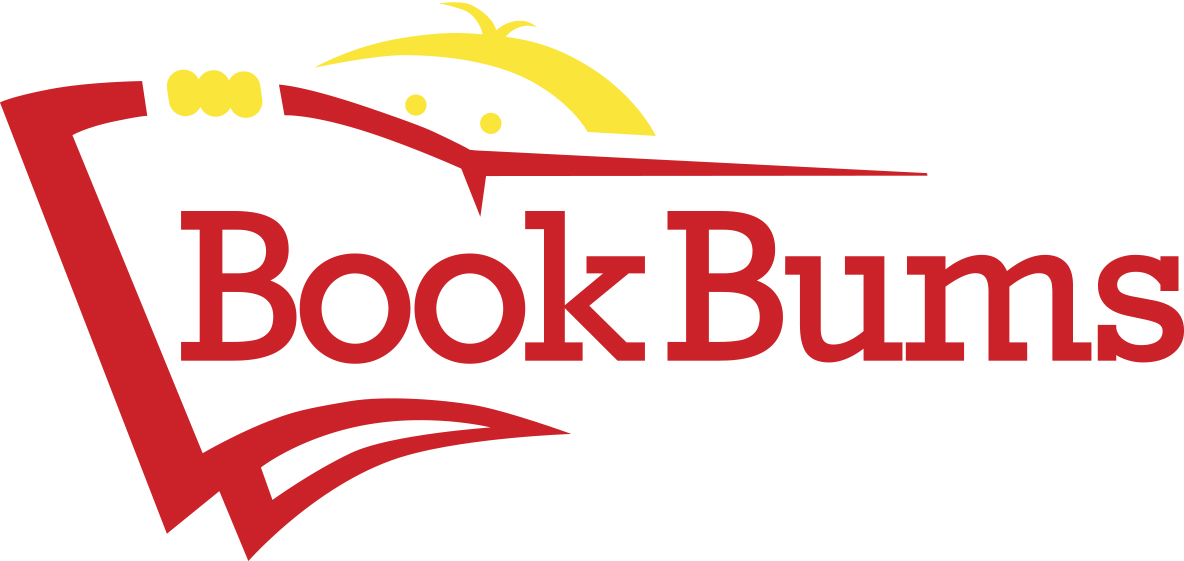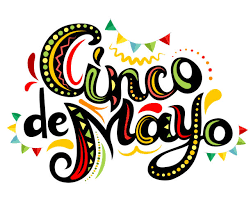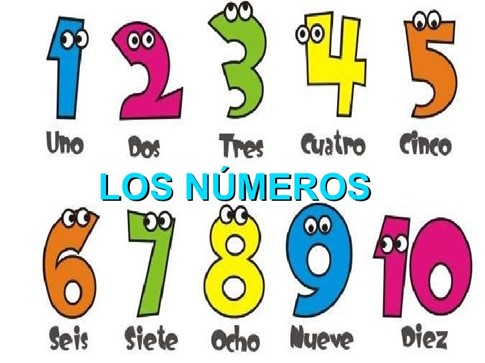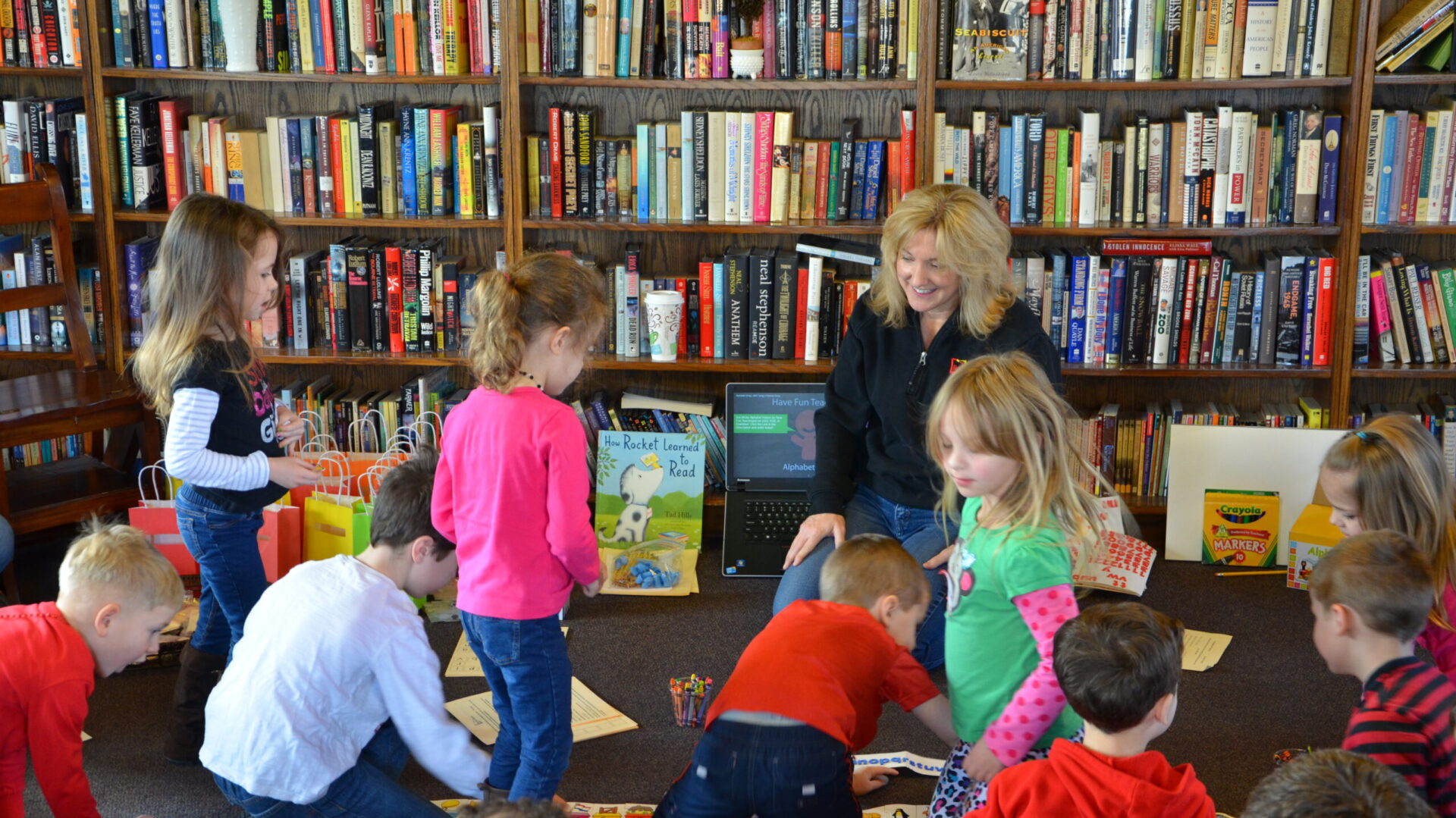
Hello Book Bums families!

¡Hola, amigos! It's almost Cinco de Mayo!
Cinco de Mayo will be celebrated on Friday, May 5th: a week from today, so we thought we’d share a little about this holiday and provide some ideas that just might inspire a little fun for your family. You’ll have a little prep time if you’re inspired to celebrate Mexican-American heritage.
I knew very little about Cinco de Mayo, so I thought I’d share what I learned from my investigation. Teaching your kids a bit about Cinco de Mayo might be a great starting point for nurturing your child’s cultural appreciation. In doing so, it’s important to consider that activities such as wearing fake moustaches and sombreros can perpetuate stereotypes, so we’ll skip that and get to the good stuff.
First, did you realize that Cinco de Mayo, which translated means the fifth of May, is not Mexico’s Independence Day? It’s a common misunderstanding. Mexicans celebrate their independence on September 16. They declared their independence on September 16, 1810, and the Spanish withdrew from their country on August 24th, 1821.
Cinco de Mayo, also known as The Battle of Puebla Day, celebrates the date of the Mexican army's tide-turning victory over France at the Battle of Puebla during the Franco-Mexican War in 1862. The French finally withdrew from Mexico by 1867.
Cinco de Mayo is one of the most significant celebrations for Latin Americans in the United States. It honors the Mexican army for battling valiantly against the better-equipped and far more numerous (by three times) French soldiers. It was a hard-fought win, and the Mexican soldiers most certainly beat the odds. Mexican-Americans living in California celebrated the Mexican army’s victory the same year the battle took place, and the triumphant feat became a source of pride for the Latin community throughout the United States.
Thirteen years after the battle of Puebla, President Roosevelt (show kids his picture on a dime) enacted the Good Neighbor Policy. This foreign policy aimed to build amicable relations with South American countries. It paved the way for stronger cultural ties with Mexico, too, through celebrations like the Cinco de Mayo holiday.
Though it is celebrated in Puebla, the fourth largest city in Mexico, Cinco de Mayo is not a Mexican national holiday.
Bookbums.com is an Amazon Associate; We earn from qualifying purchases. This means that if you click on a link to Amazon.com and make a purchase, We may earn a small commission at no extra cost to you. We do recommend the products. Feel free to find them by other means.
Word of the Week
amicable (a-mick-a-bull) adjective/describing word - characterized by friendly goodwill, peacable
The siblings usually had an amicable relationship, but today they were teasing and getting on each other's nerves.
Literary Calendar
• The last Saturday in April is Independent Bookstore Day.
• Indie bookstores are great community resources, and we love to support them. If you have a favorite bookstore, please share it with us!
From our Bookshelves

Esperanza Rising, by Pam Munoz Ryan, is a novel about a Mexican girl who’d had wealthy parents, but tragedy struck, and Esperanza and her mother had to flee to California during the Great Depression. This is a story of love and sacrifice for family and friends. It addresses race, class, and the American dream—inspiring hope and determination. While a fictional story, Esperanza Rising is loosely based on the author’s grandmother and the story of her immigration, and we highly recommend it!
Tips for Families
Kids love learning, and if you make it fun—even better! You can teach your kids to count to ten in Spanish with one easy song. Here’s a list of the number words along with a pronunciation key to ensure you’re saying these number words correctly. Remember that the word parts written with all uppercase letters indicate the accented syllable, so you’ll land on that part of the word a little harder. Here’s an example in English: SPAN-ish

0 cero / SAY-roh/
1 uno /OO-noh/
2 dos /dohs/
3 tres /trehs/
4 cuatro /KWA-troh/
5 cinco /SEEN-ko/
6 seis /SEYS/
7 siete /SYEH-te/
8 ocho /OH-cho/
9 nueve /NWEH-bay/
10 diez /dyehs/
Spanish is a more transparent language than English because it has a more consistent letter/sound correspondence. In English, vowels can make many sounds, whereas vowels in Spanish, generally, make only one each. In other words, if you can recall the vowel sounds, you can decode most Spanish words.
In Spanish-
A sounds like our short o. (taco)
E sounds like our long a. (queso)
I sounds like our long e. (tortilla)
O sounds like our long o. (taco)
U sounds like our oo/ew. (Santa Cruz)
The song we recommend to teach the number words in Spanish is a familiar tune you can listen to here. As you sing, hold up one finger for each number word you name.
Diez Amigos/Ten Friends
Uno, dos, tres amigos.
Quatro, cinco, seis amigos.
Siete, ocho, nueve amigos.
Diez amigos son.
Translation:
One, two, three friends.
Four, five, six friends.
Seven, eight, nine friends.
There are ten friends.
Tips for Readers and Writers
¡Feliz Cinco de Mayo! / Happy Fifth of May!
Have you ever read a sentence only to get to the end of it and realize that it was a questioning sentence and you had to go back and adjust your voice accordingly? It can work the other way to—where you think it’s a question, but it turns out to be a statement or an exclamation. The Spanish language addresses this by placing question marks and exclamation points at both the beginnings and ends of sentences, though the one at the beginning of the sentence is upside down. That’s cool, right?
Just for Fun
Next week we’ll be sharing lots of ideas for preparing for the celebration of graduates. One of the best things we did for our kids when they were seniors in high school was equip them to cook. The recipe we’re sharing below is one that our oldest son made. It was a new recipe for us, but Chase followed the directions and was showered with praise by the whole family because it was delicious! Acknowledgement for a job well-done does a lot to inspire beginning cooks, so try this easy and surprisingly tasty recipe with your budding cooks.

Chicken Enchilada Casserole
2 dozen (6-8 inch) soft flour tortillas
4 cups shredded chicken
½ pound Monterey Jack cheese
½ pound Cheddar cheese
1 chopped onion
2 large cans mild enchilada sauce
1 medium can tomato sauce
Pinch garlic powder
1 tsp. chili powder
Soup Sauce
1 cup sour cream
¼ cup milk
1 can cream of mushroom soup
Saute onion and ¼ can enchilada sauce. Add chili and garlic powder. Mix with chicken. Mix rest of enchilada sauce and tomato sauce in separate bowl. Dip tortillas in sauce and line 9 x 13 pan. Layer of tortillas. Layer of meat. Layer of cheese. Layer of soup sauce. You’ll use approximately three layers of each. Finish with leftover enchilada sauce and generous grated cheese. Bake at 350 degrees for 30-35 minutes.
~From Donna Bright, The 50th Anniversary Cookbook from the West Chester Wesleyan Church (1946-1996)
Pause for Poetry
Sky Wearing A Hat
By Sandra Cisneros
Sky arose
with a hat all its own
made from dirty
sheep-wool.
A hat wide
enough to dye the earth
indigo and lavender with shade.
Like sea
seen from an island
facing land.
Practical Grammar
The word OK is used all around the world to indicate that something is sufficient or to indicate agreement. It’s an informal word that looks more like an abbreviation, and it can be used as a noun (We’ll get the OK from our boss.), verb (She’ll OK our request.), adjective (We did an OK job.), and an adverb (If the job goes OK, we may get another contract.)
This little word was born in Boston Massachusetts in the late 1830s. Back then, newspaper editors enjoyed inventing lots of playful abbreviations (not unlike today with abbreviations such as OMG and LOL used in text messages), but this one was so simple that it stuck, and it became a word in its own right. It might have been helpful that OK became a way to affirm or agree without offering an opinion one way or another.
Though OK is ubiquitous in speech, it is considered informal and is not to be used in speeches, reports, or studies. Many authors even refrain from using OK in their books.
Here’s the strange part about the origination of OK: These newspaper editors who were playing with abbreviations, played with the spellings of words and then abbreviated the misspellings. It is said that “all correct” which was used to say “everything is fine” was deliberately misspelled as OLL KORRECT. It was abbreviated, and that is how OK was born. There were others, too, but OK is the one invented word that remains in use today.
If you know someone who would benefit from our newsletter or tutoring at Book Bums, please share this email with them! Thank you.
Copyright © 2024 Book Bums, All rights reserved
Our mailing address is:
7967 Cincinnati-Dayton Road Suite L
West Chester, OH 45069

